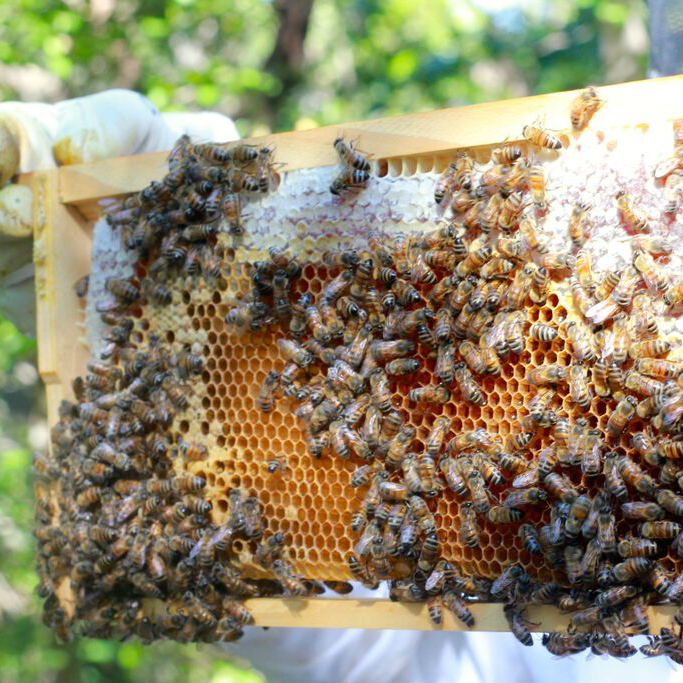Winter: A Time of Rest?

Beekeepers don’t get much of a break in Texas. With only a few months of ‘real’ winter, there’s not much time to rest. The time is spent repairing old equipment, building new equipment, cleaning up and organizing, and tending to all the things that generally get neglected the rest of the season. Of course, if your hive went into winter light (without enough honey) there’s also winter feeding to add to the list.
But winter is always a good time to reflect on the previous year and get ready mentally for the next year. Whether your hives thrived last year or you experienced some troubles, January always feels like a new fresh start is on the horizon with spring just around the corner. And as we kick off this new year, I want to spend some time talking about how we should be thinking about the ‘seasons’ of beekeeping.
A colony’s activity patterns are based around the weather, and here in Texas we have some pretty erratic weather patterns. With climate change, these periods of unusual weather and intense storms get worse each year, which means we have to constantly adapt to these patterns and what we can expect of our bees at any given point. Gone are the days when we used to be able to identify, almost to the day, when a nectar flow would start. Nectar producing plants also respond to weather patterns, and 2021 was the perfect example of how plants and bees change course as a result of weather, and in response, how beekeepers must rethink hive management.
Last February, we had one of the severest winter storms we have ever seen in Central Texas. As I shared during our storm post-mortem class last year, these freezing temps weren’t anything that a strong hive couldn’t withstand. But by mid February spring had sprung in Texas–hives had started brooding up and the spring pollen flow had started. A freeze that strong that late meant bees had a hard time keeping the large brood nests warm, and even the strongest of hives lost large amounts of brood as a result. But the damage had only begun…the unprecedented back to back days of below freezing temps really did a number on our flora that had already started to germinate and bloom. As a result, lots of plants never recovered or bloomed at all, while others bloomed 6 or more weeks late. This, plus an extremely wet May, produced the poorest nectar flow I’ve seen yet.
Even a “normal” February can be challenging for Texas beekeepers. With average temperatures in the mid-60s during the day, many of us will see bees become active and begin to forage significantly before nectar-producing plants begin to flower, which means that your hive can go through the last of their winter stores very quickly. Beekeepers in milder climates, like southern California or Hawaii, can rely on light nectar flows year-round, while harsh northern winters mean that bees stay clustered for months, eating through their stores more slowly than in Texas, where brood-rearing in February means many more mouths to feed.
As we enter the new year, I am already thinking ahead towards spring and wondering what the season will bring. We are at the total whims of Mother Nature in so many ways, and it’s important that as beekeepers, we understand how weather patterns, both expected and those that are more erratic, are going to affect the flora and our bees. It’s easy to get so focused on individual hives that we can forget to step back and pay attention to the bigger picture.
Want to receive more beekeeping tips in your inbox? Sign up for our newsletter! Be sure to check the box indicating you are interested in beekeeping tutorials and videos to receive our monthly Honey Hotline newsletter, geared towards beekeepers and wannabe beekeepers!



Leave a Reply